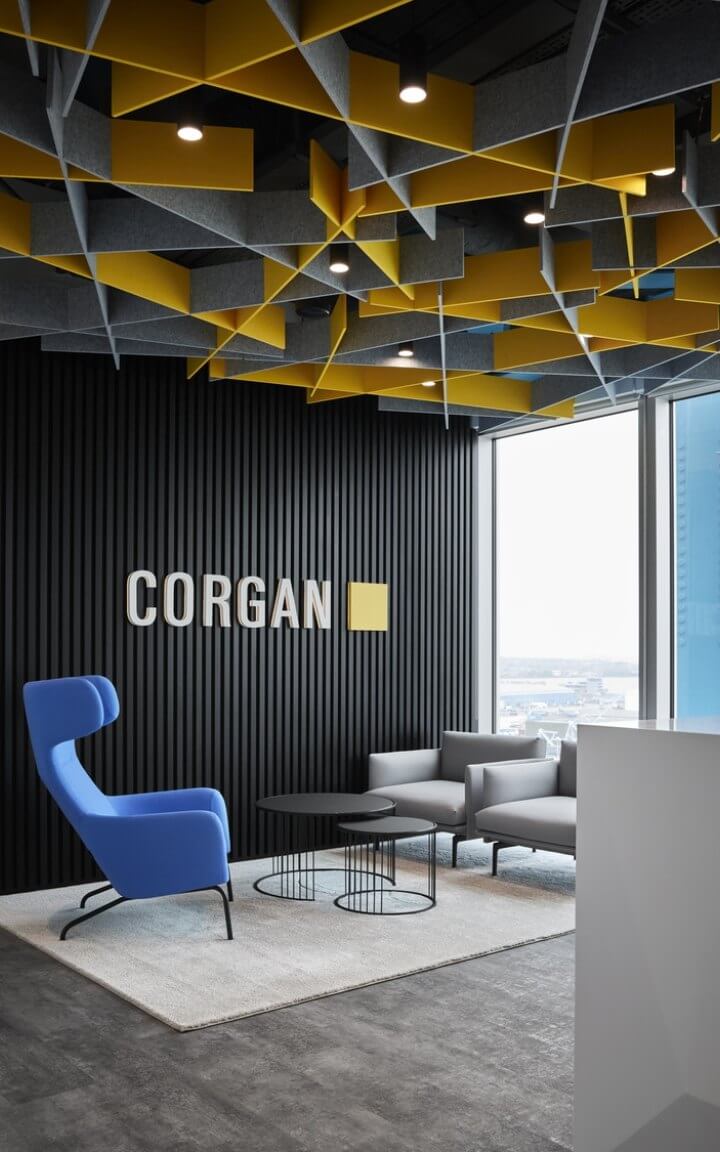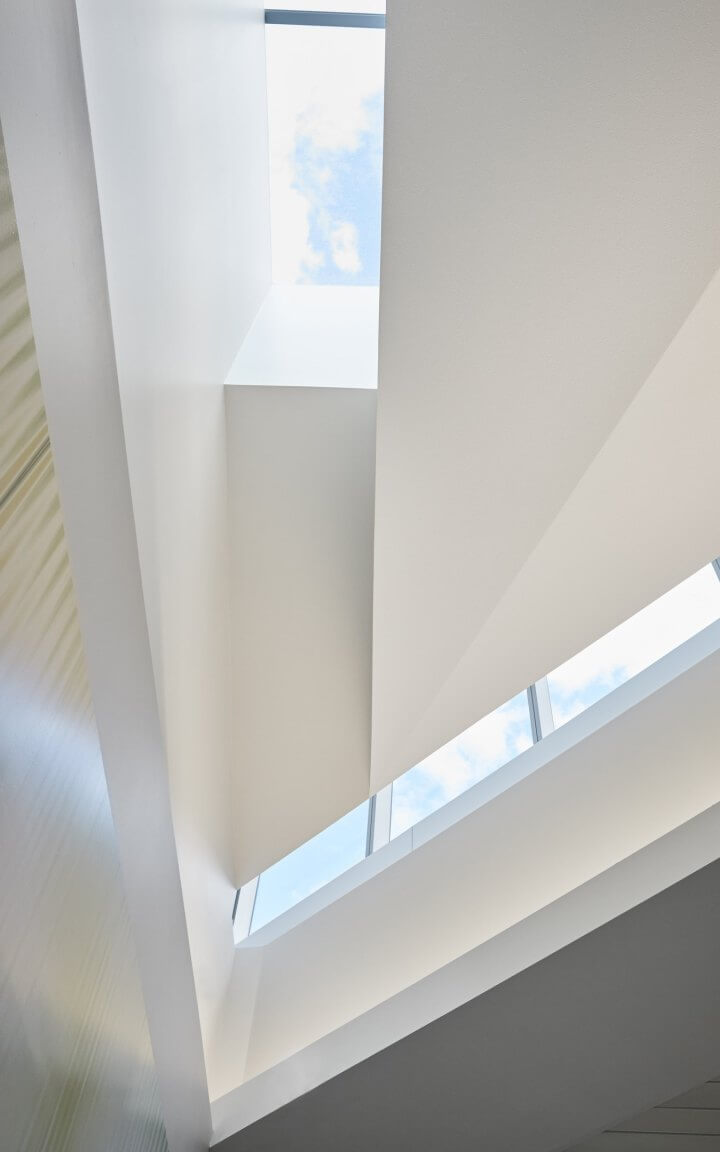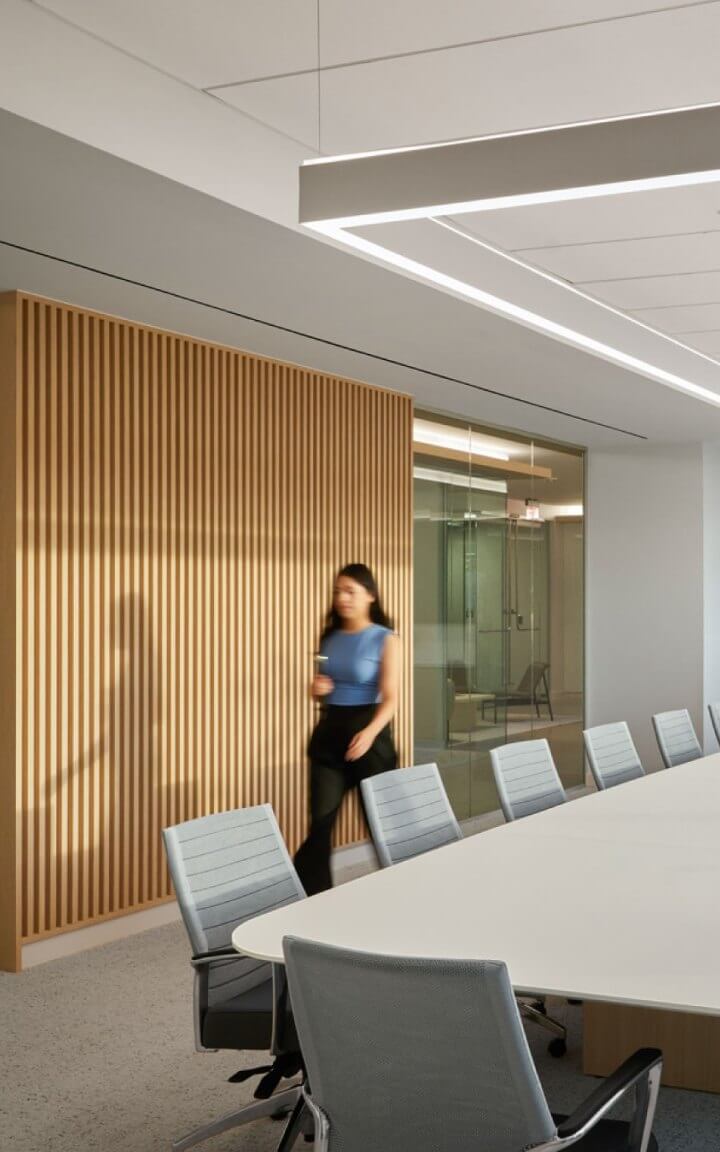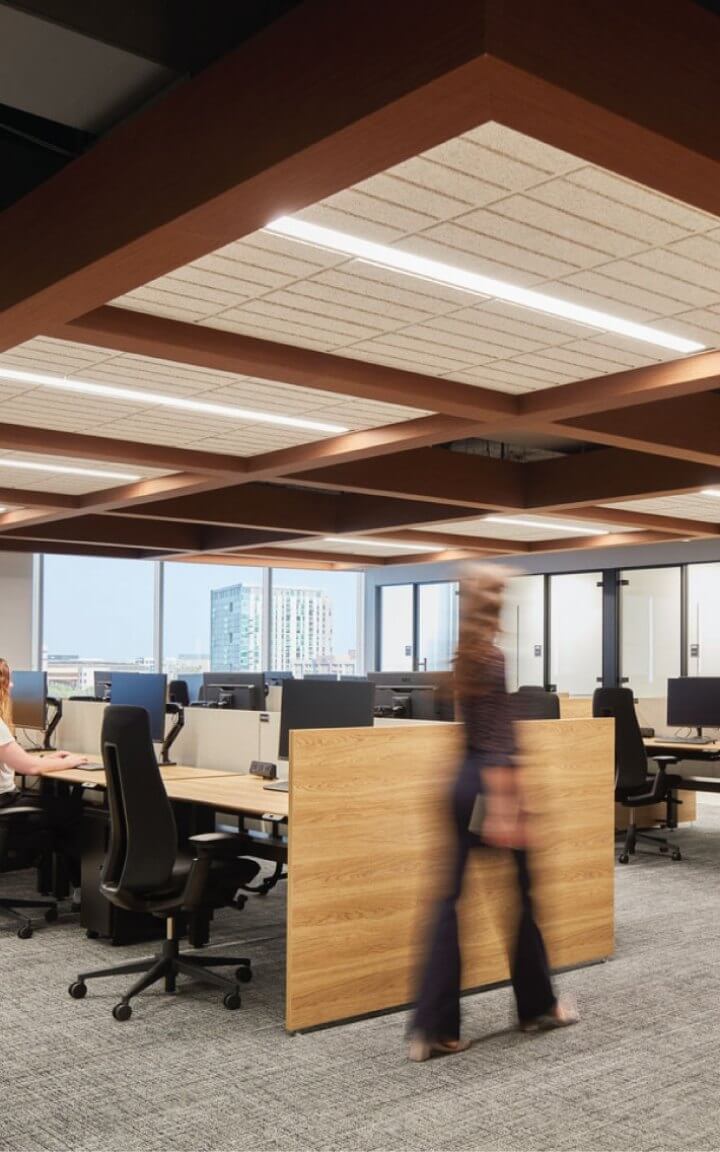Howard University Intern Embraces Architecture as a Catalyst for Change
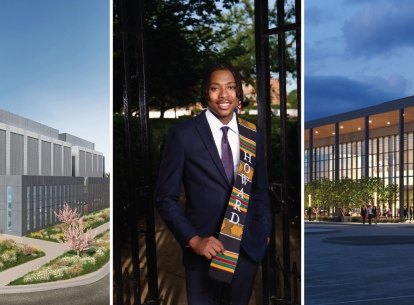
Visiting nearly 80 updated Frisco Independent School District (FISD) schools and facilities in a three and a half week span in the Texas summer heat is not what most would consider an ideal road trip, but for Marcus Ezidore, a Howard University architecture student and Frisco native, it will always be a cherished memory. Marcus accomplished this feat last summer, during his third summer as a Corgan intern. Marcus, along with two other interns were assigned to visit each site to verify construction documents against the final builds; the hands-on experience allowed him to bond with his fellow interns and gain valuable insight into the final phases of design and construction.
The car trip was a lot less comfortable than the couch he sat on to watch HGTV with his mom in the years leading up to his internship, but each experience cemented his destiny equally.
“We’d watch House Hunters and Love it or List it. We loved HGTV,” said Marcus, 21. “I've always had an eye for design, but I'd never been able to practice it.”
His interest in architecture began in childhood, when, like many youngsters, he played with Legos. But his interest went beyond playtime, moving on to sketching inventions in notebooks, like robotic arms and other high-tech gadgets, along with the Dallas skyline. His interest in the built environment flourished and, in sixth grade, he selected architecture as a career as part of a class assignment. In high school, he attended FISD’s Career and Technical Education Center, which offered design classes and exposed him to architectural theory, programs, and practical applications—and where he was introduced to Corgan.
In his senior year, his class worked alongside Corgan to design the replacement for Arlington Independent School District’s Thornton Elementary School. It is also when he met Corgan’s Education Studio leaders Erin Bossart and Brett Sumrow, who became mentors and assisted in securing him an internship with the firm.
Marcus spent his first three summer internships in the Education Studio. During his first summer, he worked with Hugo, Corgan’s research and innovation team, participating in a design sprint where his group designed a hydroponic vending machine which used vertical farming methods to provide fresh fruits and vegetables to Dallas communities faced with food insecurity. He also participated in punch walks of Frisco’s Panther Creek High School and helped put together Texas Association of School Administrators/Texas Association of School Boards (TASA/TASB) project award submissions.
During his second summer, he worked on the design for FISD’s Visual and Performing Arts Center and spent time modeling shop equipment in Revit, a building information modeling (BIM) software which involves defining the various components of equipment such as doors, windows, and mechanical systems. In his third summer, aside from visiting every Frisco educational facility, he worked on a class renovation project and on the renovation of Plano Independent School District’s Plano Senior High School.
Now in his fourth summer internship, he is working with the Government and Interiors team in Washington, D.C., where he has supported the design of Corgan’s new office, slated for completion in early 2026. He said the project taught him about the initial stages of schematic and developmental design. He also gained experience in power plans, designing with AI, and redlining. As part of the Interiors team, he learned about finishes, manufacturers, and the inner workings of mechanical, electrical, and plumbing (MEP).
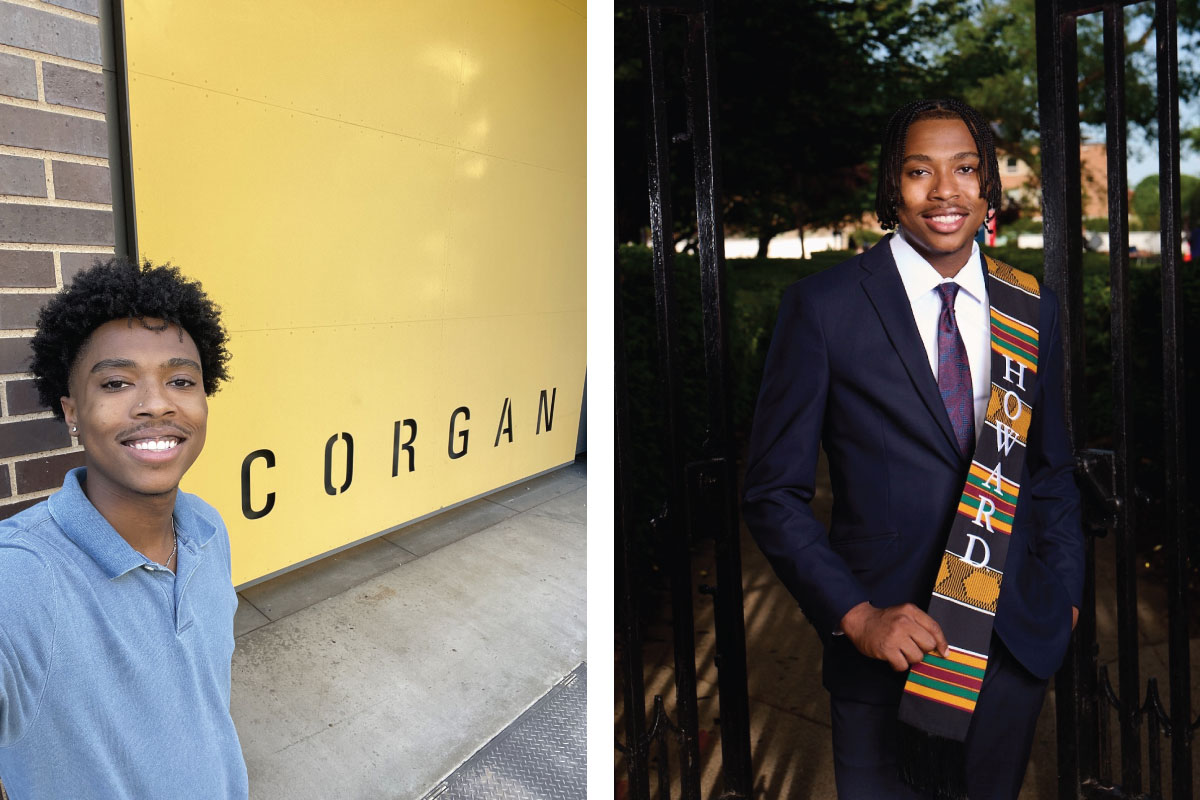
Corgan’s Interiors Studio leader Allison Laudicina-Kahl said Marcus brings a fresh perspective to the Washington, D.C. studio. “He consistently provides thoughtful contributions to both our design discussions and project execution, strengthening our collective creative process. His positive attitude and collaborative approach make him a vital part of our studio culture.”
Marucs initially held aspirations of designing celebrity homes, but after his time with Corgan —especially this past summer —his priorities have shifted towards a higher calling— building up communities and making a positive impact. He now views architecture as a means to empower and wants his future work to address community challenges.
This past year he also volunteered with the American Institute of Architecture Students (AIAS) building graham cracker houses with kindergartners, where he connected with inner-city youth, receiving an education about homelessness and the need to transform those neighborhoods.
“These experiences have encouraged me to aspire to use my role as an architect to be more intentional about giving back to otherwise underserved communities, like the children that we got to interact with,” said Marcus.
Corgan’s Human Resources Director Halima McWilliams said Marcus’s professionalism and positive energy has left a lasting impact on his colleagues. “It has been an absolute joy to watch Marcus grow and thrive,” she said. “His natural ability to connect with others and his commitment to excellence has made him one of our standout collegiate hires. We couldn’t be prouder of his journey so far and are genuinely excited for what’s ahead.”
Marcus credits his eagerness to learn and active listening skills as essential qualities for success. He also highlighted the importance of a strong work ethic.
“As an emerging professional, you're just trying to do your work and make yourself as valuable as possible, but I feel like what Corgan does best is take it a step further. They connect to you as a person, which obviously makes you want to come back and contribute even more because of who you're working with.”
He hopes someday to mentor others and increase representation of licensed African-American architects, saying they currently comprise less than 2% of the profession.
“Before I had tunnel vision of what I wanted to do,” Marcus said. “But now, interning at Corgan, I have a more realistic sense of how we can use architecture to better the experience for everybody.”
Inspired by architect David Adjaye, who designed the National Museum of African American History and Culture, Marcus said his dream is to one day design museums that connect communities.
